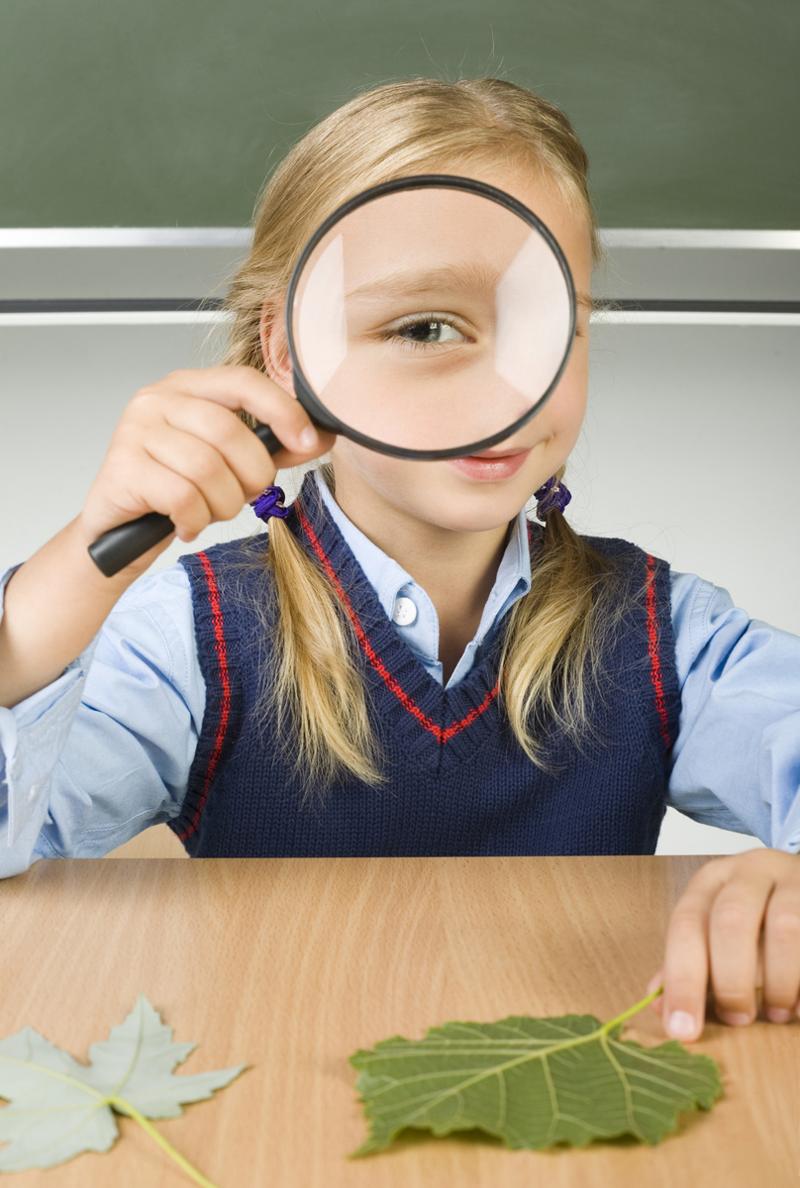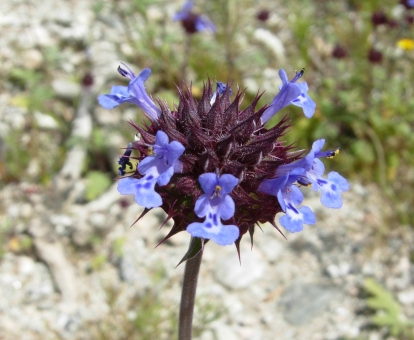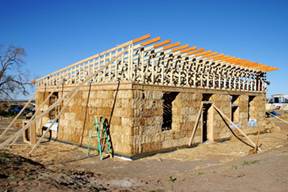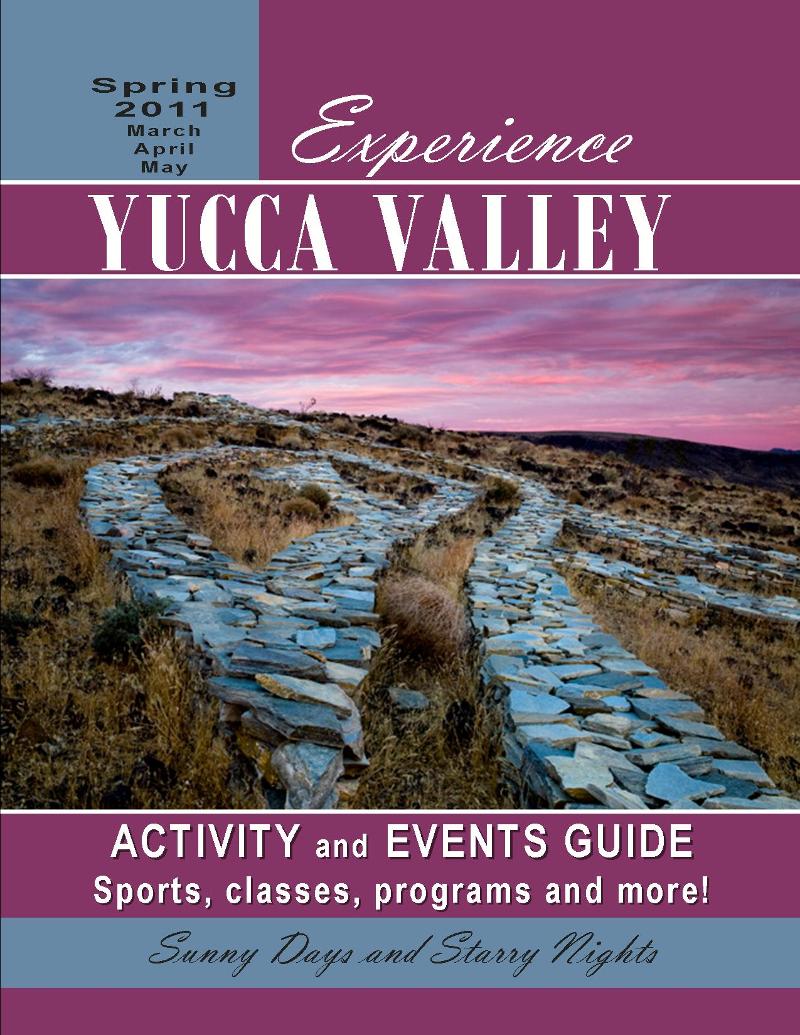Tortoise Tales: Newsletter of the
Hi-Desert Nature Museum |
|
|
Science Saturdays  Join us for days of discovery during Science Saturdays! These programs will ignite your children's curiosity by presenting information and performing experiments relating to biology, earth science, and chemistry. All programs will be facilitated by our Museum Educator. It is recommended that children be of school age for this program. Held two Saturdays a month in March, April, and May. No pre-registration required. Time: 11:00 - 11:30 a.m. Dates: March 5 & 19; April 2 & 23; and May 7 & 21 FREE! |
|
Winter Lecture Series
"Ancient Abundance: Cahuilla Plant Use of the Past"

We are pleased to have Michelle Hedgecock from Caliso Learning presenting "Ancient Abundance: Cahuilla Plant Use of the Past." Discover desert abundance hidden in the plant world as you learn to identify plants that were important for the ancient Cahuilla. Some of their most creative applications, lessons, and spiritual beliefs were directly inspired by the plant world. Specific plants will help us explore their connection to native life in the past as we uncover some of the vast Cahuilla plant knowledge that appeared in their cosmology and moral teachings as well as practical uses found in daily living and medicine.
Thursday, March 10, starting at Noon
Admission is FREE and beverages will be served |
|
1st Wednesday Program
"From the Prairie to the Desert and Around the World: Straw-Bale Construction's Journey from Alternative to (Somewhat) Mainstream"

Straw bales build beautiful, thick-walled homes that are perfectly in tune with the desert landscape. Straw is an annually renewable resource that provides great insulation against desert temperatures. Bale construction keeps your heating/cooling costs low, and provides a very earthquake resistant structure. The history of this construction technique starts in Nebraska in the early 1900's. It revived in the early 1990's. Thanks to the Internet and the constant communication of its devoted and passionate proponents, straw-bale construction continues to expand to all corners of the world, and into the code books. Janet Armstrong Johnston, architect and general contractor, has been building and designing straw-bale structures since 1994. She is founding member of, and developed the Professional Training Course for CASBA, the California Straw Building Association.
Wednesday, March 2, starting at 5:30 p.m.
$5 donation to the MBHS at the door |
|
"Reduce, Reuse, Recycle" Exhibition

As part of our Earth Day celebration, the local community is invited to contribute artwork made from recycled or reused materials for display in our "Reduce, Reuse, Recycle" exhibition. Paintings, sculpture, mixed media creations, photographs of recycled products, or any other art-related objects can be loaned to the museum for display in the exhibition. Individual and group projects are welcome and children are particularly encouraged to participate. (Shown here "99% Recycled Symbolism" by Robyn Goudy)
An information sheet regarding participation in the "Reduce, Reuse, Recycle" exhibit is available at the museum during operating hours and will soon be posted on our website. Please call the museum at (760) 369-7212 for additional information or email museum@yucca-valley.org.
In conjunction with "Reduce, Reuse, Recycle," the Morongo Basin Cultural Arts Council will be displaying "Joshua Tree National Park Rocks!" an exhibit of artwork inspired by the park's unique geologic landscape. Visit their web site at www.mbcac.org for information on submitting artwork.
Opening Reception on Friday, March 11th, 5:00 - 7:00 p.m.
Exhibit on display March 12 through April 23 |
|
Earth Day 2011
 Become involved in our Earth Day Celebration and Conservation Fair! Do you have information or products related to living green and protecting the environment, or hand-made arts and crafts you'd like to share with the community? The museum is currently accepting applications for Earth Day vendors. Call Stefanie Ritter at (760) 369-7212 for information. Become involved in our Earth Day Celebration and Conservation Fair! Do you have information or products related to living green and protecting the environment, or hand-made arts and crafts you'd like to share with the community? The museum is currently accepting applications for Earth Day vendors. Call Stefanie Ritter at (760) 369-7212 for information.
Earth Day 2011 will be held
Saturday, April 16, 9:00 a.m. - 2:00 p.m. |
|
The Science of Sound
 Imagine a world without music. Impossible, isn't it? Music has been a part of human lives since the beginning of history. But did you know how important science is to music? The music we listen to today is the result of years of experimentation with sounds. As people figured out what they liked best, they invented instruments that could play their favorite tones and developed popular rhythms, or patterns of beats. Each note of music, and every tone of each instrument is a sound wave. Sound is a form of energy. It travels from one place to another through a medium like air. It can also travel through other gases, liquids, and solids. The only thing sound waves can't travel through is a vacuum like space. Sounds can be soft or loud. This characteristic of sound is called amplitude or volume. Volume measures the amount of energy in sound waves. More energy will move more air molecules and will sound louder. What was the loudest sound ever described by humans? It was produced by one of the most famous volcanoes in recorded history. In 1883, the Krakatoa volcano in Indonesia erupted and threw ash and stone 300 square miles. The explosive sound from this eruption was heard 3,000 miles away. That's the distance from San Francisco to New York City. Sound waves travel at different speeds depending on the temperature of the air. As the temperature rises, molecules bump into each other more quickly, allowing the energy from the sound wave to travel faster. Sounds can be low or high, called pitch or frequency. Objects which vibrate faster produce a higher frequency, and slower vibrating objects produce a lower frequency. The scientific study of sound waves is known as acoustics. Imagine a world without music. Impossible, isn't it? Music has been a part of human lives since the beginning of history. But did you know how important science is to music? The music we listen to today is the result of years of experimentation with sounds. As people figured out what they liked best, they invented instruments that could play their favorite tones and developed popular rhythms, or patterns of beats. Each note of music, and every tone of each instrument is a sound wave. Sound is a form of energy. It travels from one place to another through a medium like air. It can also travel through other gases, liquids, and solids. The only thing sound waves can't travel through is a vacuum like space. Sounds can be soft or loud. This characteristic of sound is called amplitude or volume. Volume measures the amount of energy in sound waves. More energy will move more air molecules and will sound louder. What was the loudest sound ever described by humans? It was produced by one of the most famous volcanoes in recorded history. In 1883, the Krakatoa volcano in Indonesia erupted and threw ash and stone 300 square miles. The explosive sound from this eruption was heard 3,000 miles away. That's the distance from San Francisco to New York City. Sound waves travel at different speeds depending on the temperature of the air. As the temperature rises, molecules bump into each other more quickly, allowing the energy from the sound wave to travel faster. Sounds can be low or high, called pitch or frequency. Objects which vibrate faster produce a higher frequency, and slower vibrating objects produce a lower frequency. The scientific study of sound waves is known as acoustics.
Have you ever wondered why you love to hear your voice in the shower? The shower stall works like a low-tech sound mixer to modify your voice which improves its sound. The hard, smooth surfaces of your shower absorb very little sound, so it reflects back and forth between the walls, boosting the sound intensity, which gives your voice more power. With many sound waves bouncing around in your shower, some sound waves wind up traveling farther than others before reaching your ear. This stretches out the sound you hear, an effect called reverberation, or reverb. Your voice seems to hang in the air longer, producing a richer, fuller sound.
Some animals can hear higher (ultrasound) or lower (infrasound) frequencies than humans.
Did You Know?
* Bats fly with their mouths open so they can vocalize high frequency chirps that bounce back to them. This form of navigation is called echolocation, enabling bats to fly through a dark cave and catch moths in mid-air.
* Noctuid moths can hear the highest frequencies of any animal, up to 240,000 Hz. After hearing a bat's ultrasonic chirp, the moth will quickly fly away to get out of the bat's detection range.
* Have you ever heard the saying, "quiet as a mouse?" It's not that mice don't make sound, it's just that much of their communication is very high frequency, higher than a cat can hear, for obvious reasons.
* Pigeons can hear very low frequencies. This allows pigeons to hear the infrasonic sounds of ocean waves breaking on the coastline. By positioning their flight path according to coastlines, pigeons can accurately navigate long migrations.
* Blue whale communication has been measured up to 188 decibels, making it the loudest recorded sound from a living source. These underwater sounds have been detected 530 miles away.
* A mother dolphin will whistle to her calf almost continuously for several days after giving birth. This acoustic imprinting helps the calf learn to identify its mother. |
|
|
|
|
|
Pirates!
Family Fun Day & Lecture |  |
Ahoy there mateys! Join us for a pirate-themed Family Fun Day at the Hi-Desert Nature Museum. It's a day of activities, hands-on crafts, and treasure hunts for kids of all ages. Costumes are encouraged.
Shanghai (Steve) Brown and members of his local musical band,
There Be Pirates!,
will be performing and leading kids in sea shanty singalongs. Performing at 11:00 a.m. and Noon.
Saturday, Feb. 12
10:00 am - 4:00 pm
FREE!
Be sure not to miss Steve Brown's lecture on the history of pirates, part of our Winter Lecture Series, on Thursday, February 10, starting at noon.
|
|
New Spring Activity Guide |  |
The Town of Yucca Valley's new Spring Activity Guide will be available this Saturday, February 12th, at the Yucca Valley Community Center, Senior Center, California Welcome Center, Yucca Valley Branch Library, and Hi-Desert Nature Museum. The guide will also be inserted into the local Hi-Desert Star newspaper. This free publication features information on recreation programs for March-May 2011. An electronic version of the guide will also be made available online soon at www.yucca-valley.org |
|
Wild Music |  | |
Whales compose, bullfrogs chorus, and songbirds greet the dawn. Nature is filled with musicians that create distinct musical masterpieces to communicate with each other and relate to one another. Some researchers have discovered that human and animal music are remarkably similar along important dimensions - including rhythm, theme and variation, and even harmony and rhyme. Birdsong has influenced many pieces of music over the years. Mozart, for example, rewrote a passage from the last movement of his Piano Concerto in G Major to match the song of his starling. Researchers at the Great Ape Trust have been studying musically inclined bonobos, giving them a variety of instruments and playing music along with the apes. They have found that the bonobos are able to understand elements of music like pitch, rhythm, and timing, and the apes develop favorite styles of music. The apes have even jammed with Peter Gabriel and Paul McCartney! The similarities between human and animal sounds and the innate desire to create music is a topic now being explored by the evolving field of biomusicology.
Isn't science cool?!?! |
|
|